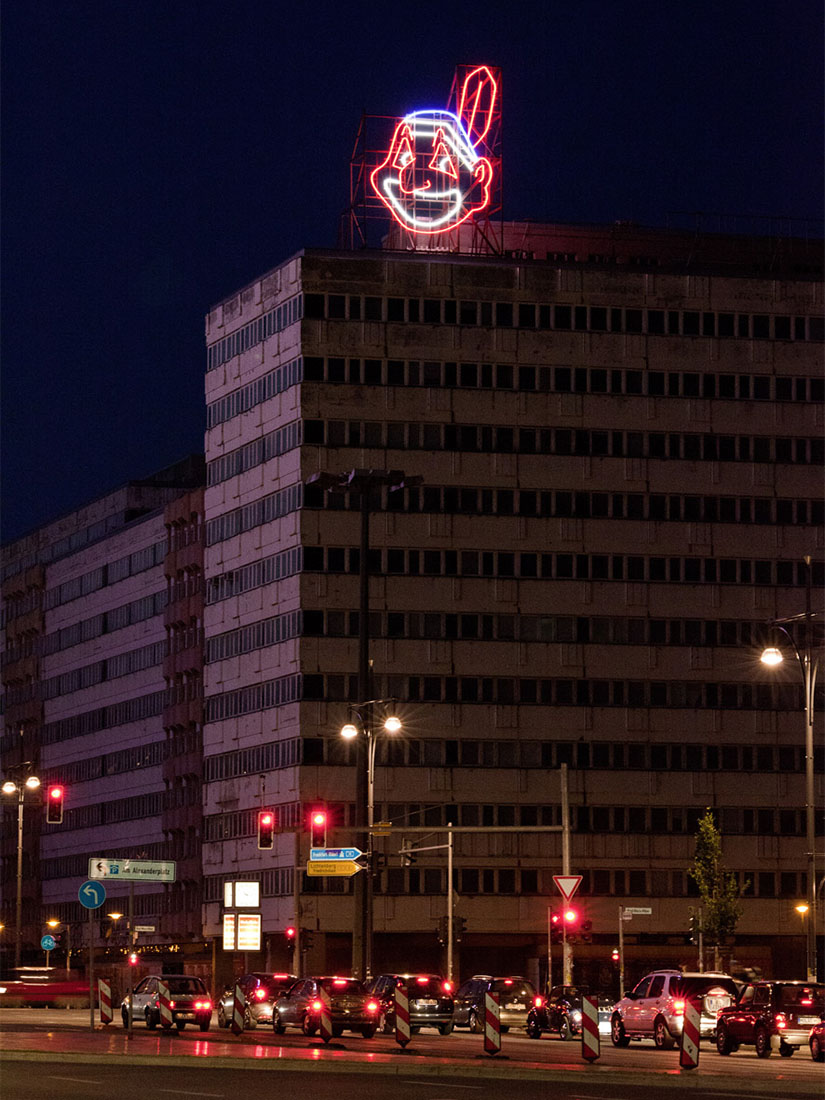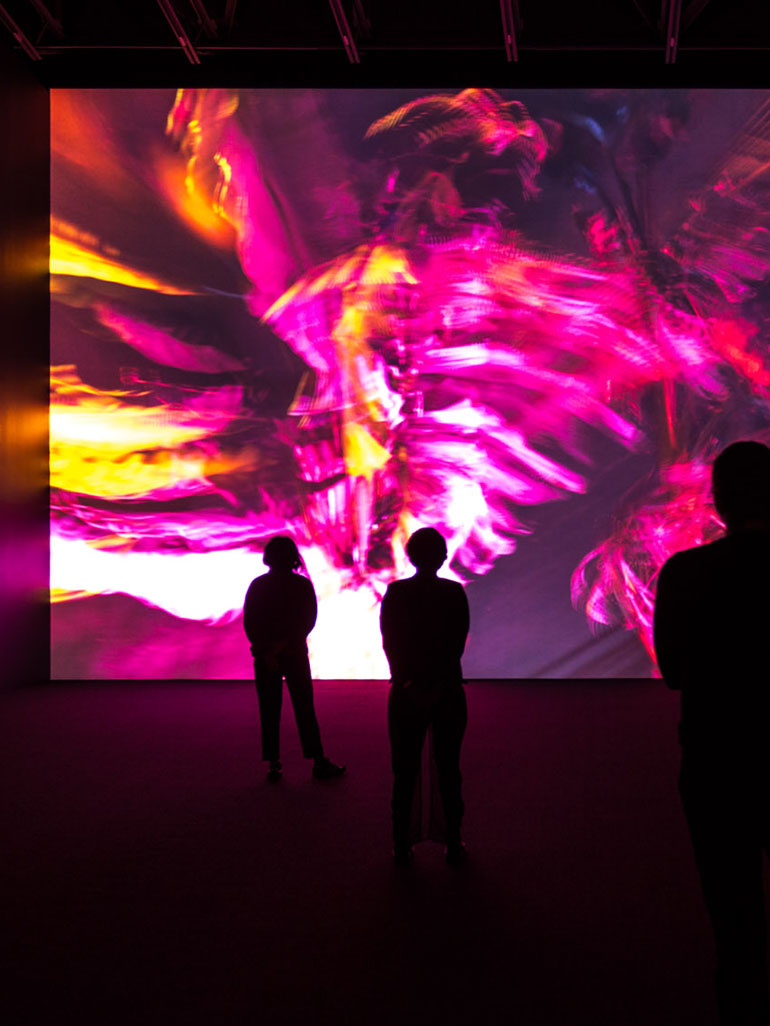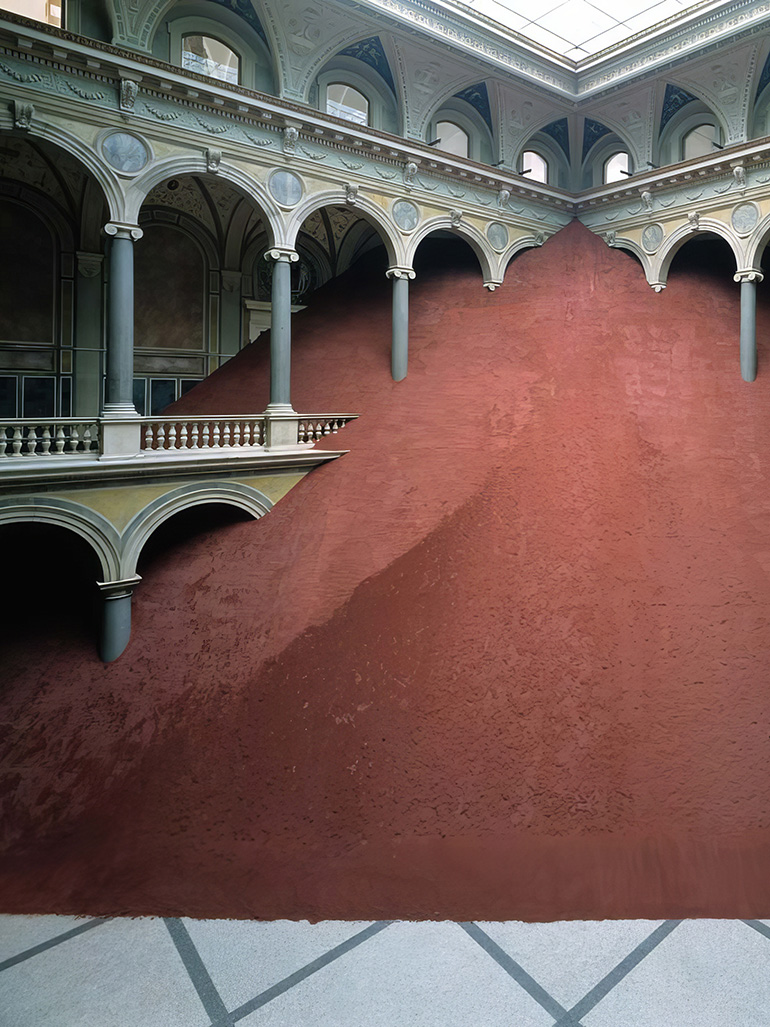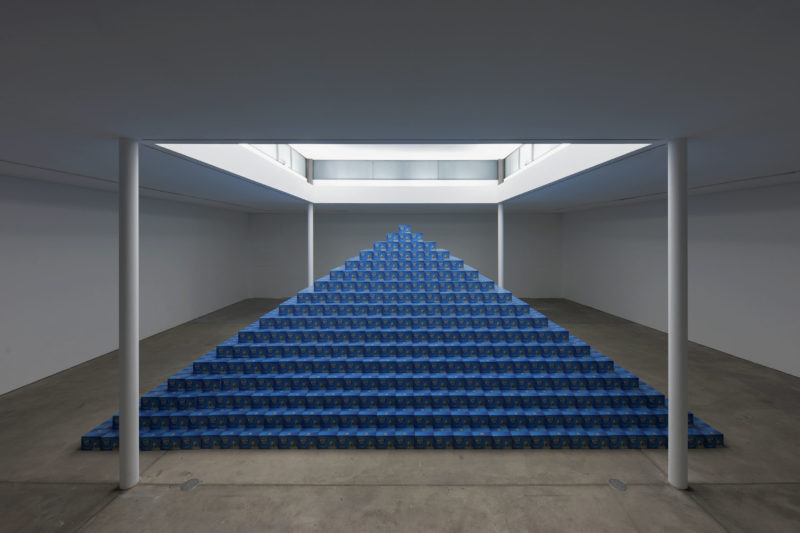
Who is Cyprien Gaillard?
Cyprien Gaillard 1 is a French modern artist born in 1980 in the capital of France, Paris. Currently, he lives and works between New York and Berlin. His work oscillates between minimalism, romanticism, vandalism 2, and land art.
Influences
Land art artist Robert Smithson 3 created and advocated the concept of entropy. This concept, the idea of disorder, transformative power, and destructive forces of nature, profoundly influenced Gaillard. Therefore, his works often focus on the ruins of contemporary architecture that are on the verge of being taken over by nature.
The Recovery of Discovery
In 2011, Gaillard showed his prowess in arts, creating the Recovery of Discovery – an installation of a pyramid-like sculpture made of 72,000 beer bottles that he imported from Turkey. In this installation, Gaillard denounces the barbaric act of tourist colonialism. Recovery of Discovery was meant to be interactive as well as self-destructive as viewers were invited to climb up the pyramid and drink the bears in them.
References
The brand of beer used in this installation was Efes, which is very popular in Germany. Efes refers to Ephesus in Turkey, an ancient Greek city in modern-day Turkey, famous for its Temple of Artemis, one of the wonders of the ancient world. Gaillard was trying to evoke the famous Pergamon Altar, a section of a citadel of the eponymous ancient city before it was removed in the 1880s and taken to Berlin.
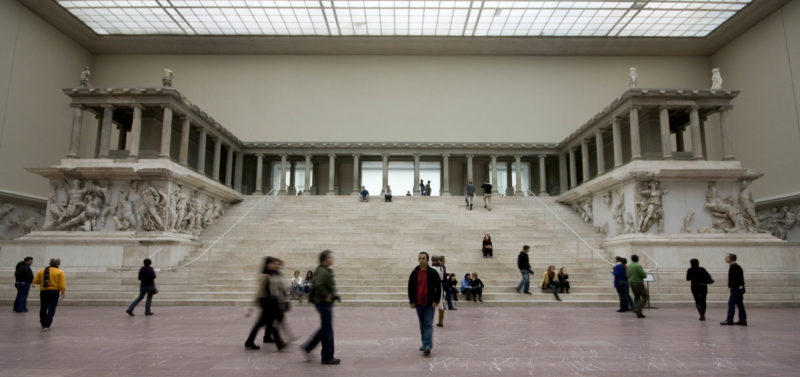
Berliner Kunst-Werke showed this work in 2011. When one looks over the boxes of stairs, one cannot help but wonder the status of such sculptures across time.
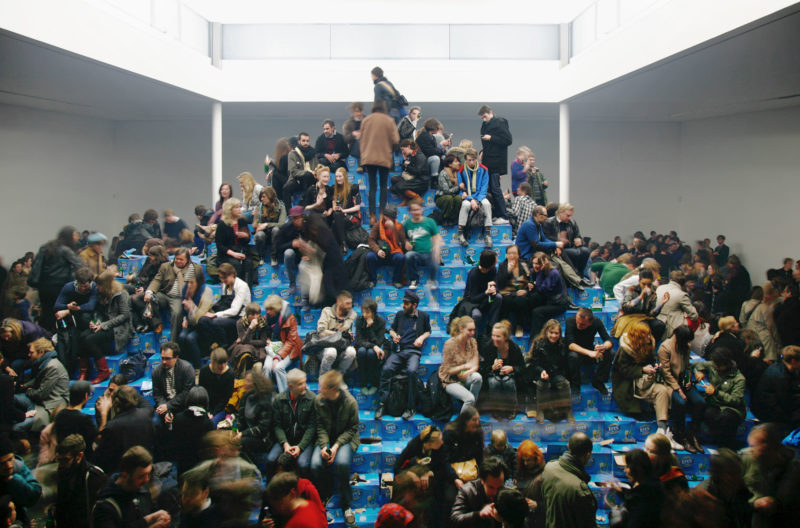
The meaning
The self-destruction of the installation further solidifies the statement that “preserving a monument goes hand in hand with destroying it,” to some extent. For a piece of architecture, a relic, or a cultural monument to be preserved, it must be repositioned, obliterating the original context. This relocation of a monument alters its original location as well as evoking a radical re-interpretation.
Recovery of Discovery relates to an action of displacement that was a prevalent strategy in the battle over cultural dominance and, subsequently, political hegemony in 19th century Europe. The displacement of ancient cultural relics was at the center of several prominent museum collections, with an example of the Pergamon Museum in Berlin.
Gaillard’s installation is based on relocating the Pergamon Altar to Berlin from its original location in Turkey. This cultural displacement is an explicit reference point for Recovery of Discovery at the Kunst-Werke. However, in this installation, the grand colonial gesture is objectified through an absolute profane signifier – beer.
Just like the Pergamon Altar, the beer bottles are first displaced and then re-appropriated. According to Gaillard, the installation implicates both the destruction of the Pergamon altar and relocating it to another location.
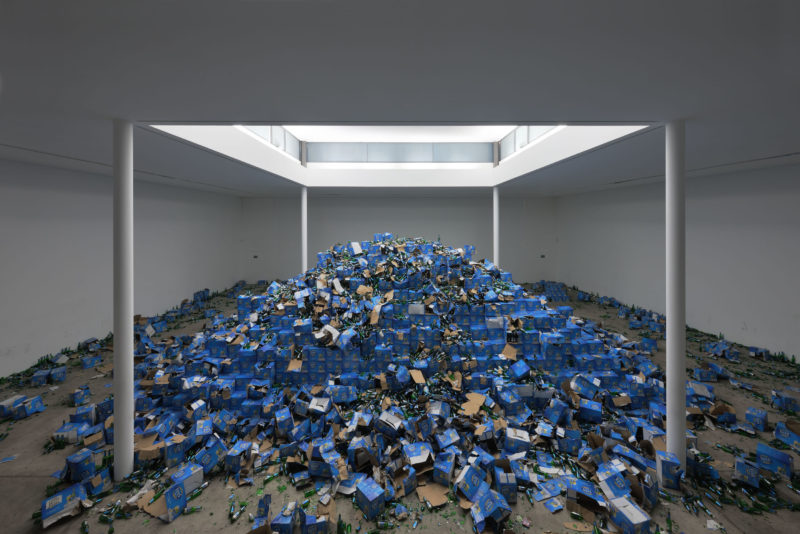
Analysis
During the opening of the Recovery of Discovery, visitors climbed the work while drinking the beers. The literal consumption of the monument turned what was seen as a minimalist sculpture into an amorphous heap of wreckage.
The (un)making of art seems as trivial and useless as day-to-day practice. The monument’s existence coincides with its very destruction, degrading and displacing art into the irreverent site of demolition and decay.
While focusing on the theme of destruction, a primary counter-monumental characteristic, the artist displays his artistic responsibility rather sketchily with equally vital aspects of the monument. This is its ability to echo the political process and harms of social collectivity.
Gaillard challenges incommensurable domains, high and low, politics and aesthetics, whose crevice another idea of a monument specifically and artistic practice emerges more generally. Recovery of Discovery is placed in this parallax gap to highlight a peculiar temporary moment of existence.
The monument forecloses the future while destroying the past. Thriving on the obliteration and the alcohol-induced amnesia, the sculpture undermines the very idea of a monument. By the basic definition, it is about commemorating the past for the future.
The intricate mechanisms visualized in this installation arise from the artist’s decision to shed light on the life of a monument in a monumental dimension.
Conclusion
In his work, Gaillard has, more often than not, explored the strange aspects of dystopic architectures and their remaining ruins via strategies like destruction, dilapidation, preservation, demolition, conservation, and reconstruction of the monument. This, however, allows the artist to depart from the very process.
During the exhibition at the KW Institute for Contemporary Art in Berlin, Gaillard created a similar version of the sculpture, but large-scale 4, which, while departing from the original model of the monument, completes itself in the process. The cardboard boxes containing the bottles of beer create the uniform steps of the pyramid.
By interacting with the monument – which involves climbing the sculpture and consuming the beer, its destruction is already initiated. As the artist himself stated, Trying to preserve, you stop the development, which is where the idea of his installation started.
Gaillard’s whim towards entropy is evidently indebted to the projects of artists like Gordon Matta-Clark 5 or Robert Smithson 6. Yet, he presents a new instant of collective agency, which is portrayed as destruction in his installation. But the excess of the actions during the interaction between the visitors and the sculpture, which are utterly unproductive, entropic, waste of energy, including vandalism and alcohol drinking, perverts the idea of art as a productive activity.
Perhaps, what is most fruitful in the artist’s recent show at the museum is the disruption of regimes of productivity that are not only inscribed in formations of artistic work but also in our day-to-day lives. Along with the concept of the gradual obliteration of the installation, the alcohol in the beers gradually dispels and destroys both the body and mind of the participants. The hangover experienced after that is also an architectural one, which one has to recover from.
After being consumed, the pyramid is dilapidated, though still, one can conceptualize its general form. The hallway leading to the sculpture is littered with empty beer bottles, whereas the floor surrounding the monument is framed with broken glass and semi-smashed beer bottles.


